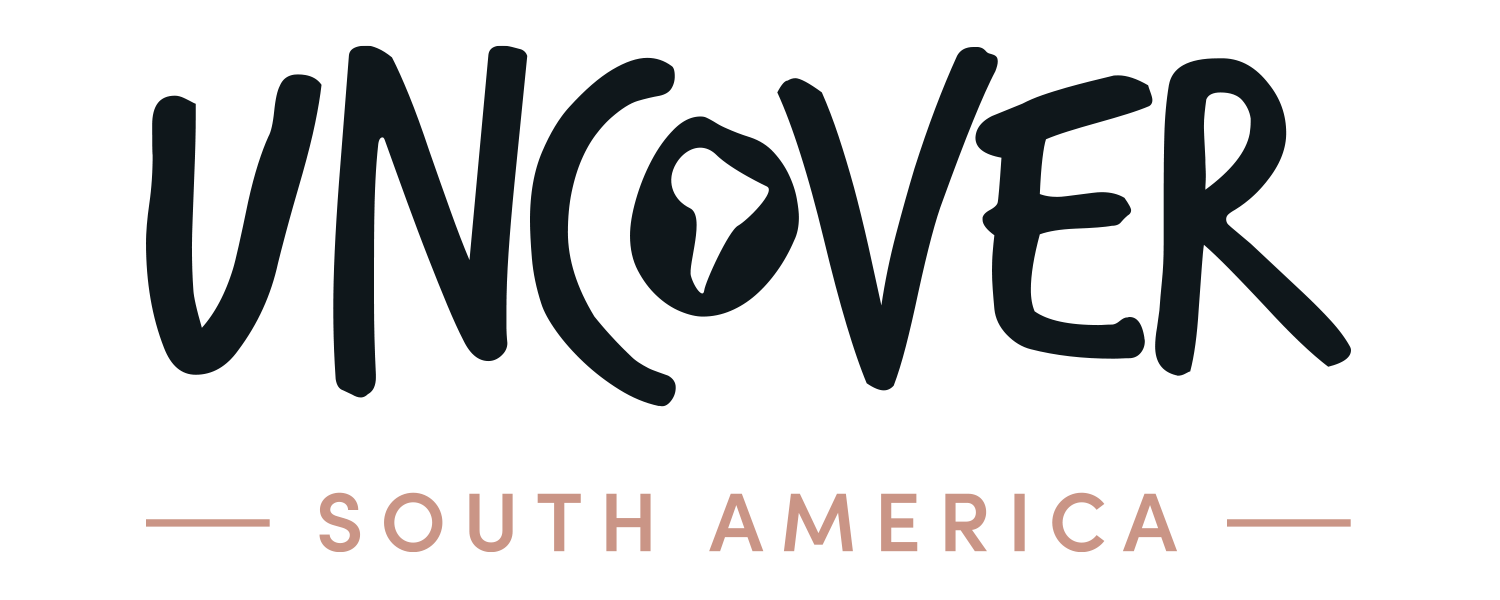

October 3, 2023
The gastronomy of Brazil is rich and varied due to it being the product of so many different cultures and ethnic backgrounds. The incredible diversity of the country with its melting pot of customs and languages trickles into its food for a culinary explosion of taste and flavour.
During your holiday in Brazil, you will encounter a large variety of different dishes and ingredients that will guarantee a total change of scenery from your own traditional cuisine. Brazilian gastronomy changes depending on where in the country you are. The north of Brazil is famous for making Bahian food which was influenced by Portuguese settler and African slaves. While further south, you will encounter the famous churrasco or barbecued meat.
Your tastebuds will be going on their biggest and most exciting journey yet.
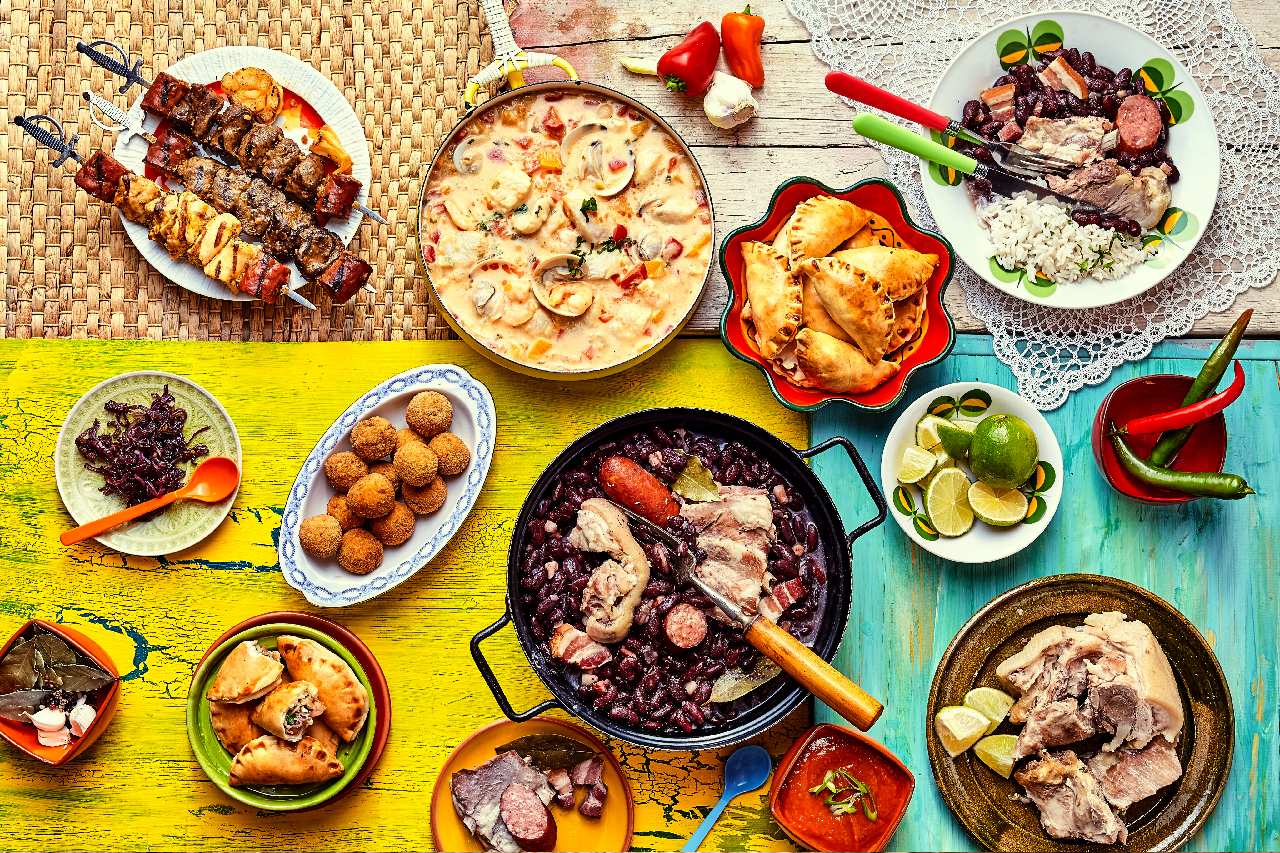
Brazilian Food Origins
The native indigenous people of Brazil created the basis of all of the cuisine using the many fruits and root vegetables such as sweet potato and yucan that are grown across the country. Brazil has a large number of exotic fruits such as acai, jenipapo and graviola that are part of their daily diet. Rice and beans are staples of many dishes and are eaten almost daily as part of a traditional Brazilian diet. Manioc, a root vegetable that is often ground into a fine flour is used in many of their dishes to thicken sauces or to create different types of bread. Brazilians are also big meat eaters so beef, chicken and fish are a substantial part of all of their dishes.
With the Portuguese colonising Brazil, the traditional indigenous food took on characteristics from their cuisine. Dishes such as Queijadinha, Bacalhau a Ze do Pipo and even the national dish of Brazil, Feijoada was influenced from Portuguese settlers. The food further changed when African slaves were brought to South America with traders who introduced their own gastronomy to the country. This type of cuisine is mostly found in the northern Bahian area of Brazil where most of the slave traders docked their ships.
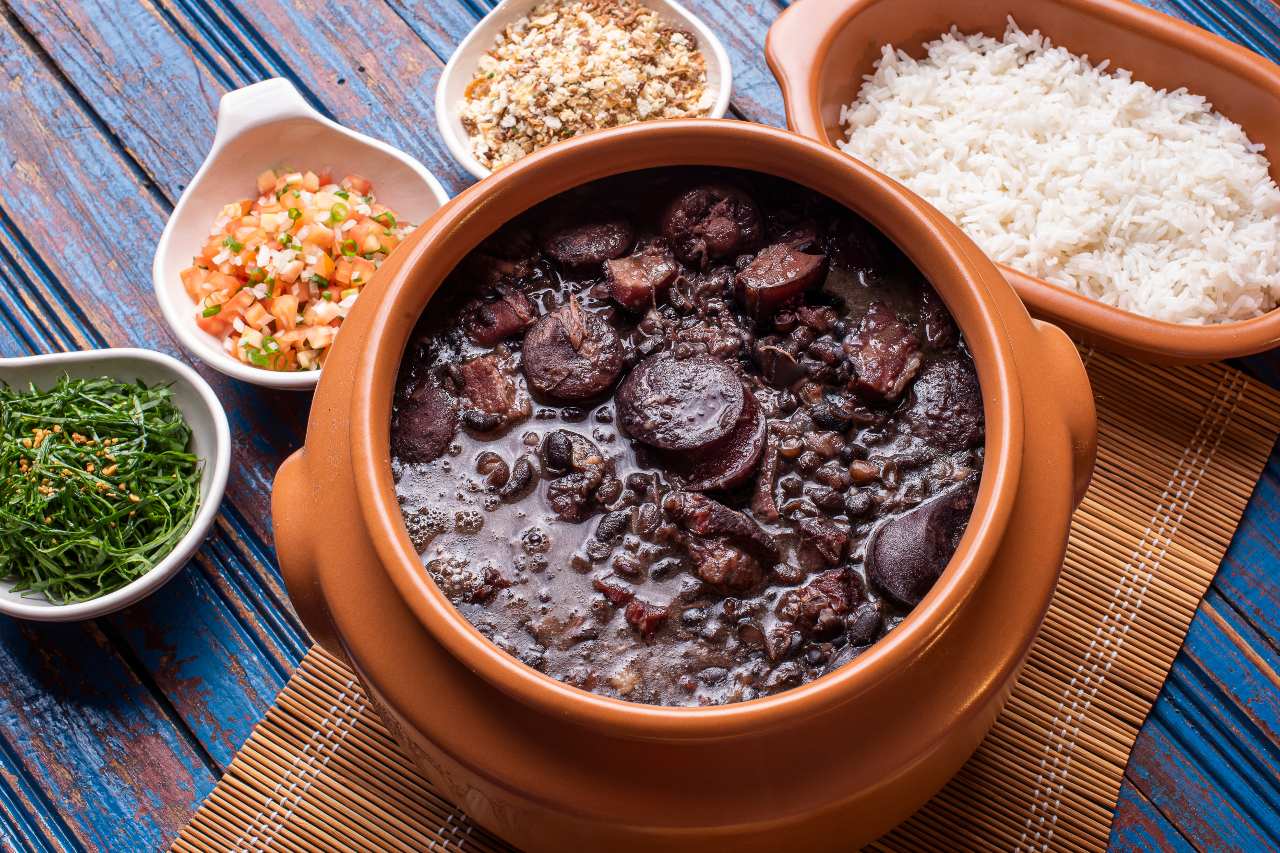
Traditional dishes
The national dish of Brazil is feijoada and is a hearty stew that is made of black beans and a variety of different types of meat either salted or smoked. You can find two different types of feijoada nowadays. The Traditional feijoada is made of all parts of the pig from the snout to the tail while passing by the trotters. This is due to the fact that Brazilian slaves were given the less noble pork cuts to make a meal and that is how feijoada was born. The modern feijoada that is commonly found in restaurants uses more expensive cuts of meat such as beef brisket and even sausages. Feijoada is usually served with rice and green vegetables and decorated with slices of oranges on top. The dish is usually served on the weekend when extended families come together to enjoy a meal as well as days of great festivity such as Christmas, Easter, birthdays and holidays.
Known as ‘little cod balls’ Bolinho de Bacalhau are pieces of salted cod that are boiled and then mixed with potatoes and eggs and shaped into balls. The balls are then deep fried and served as either a crispy snack or as a main dish with vegetables and rice.
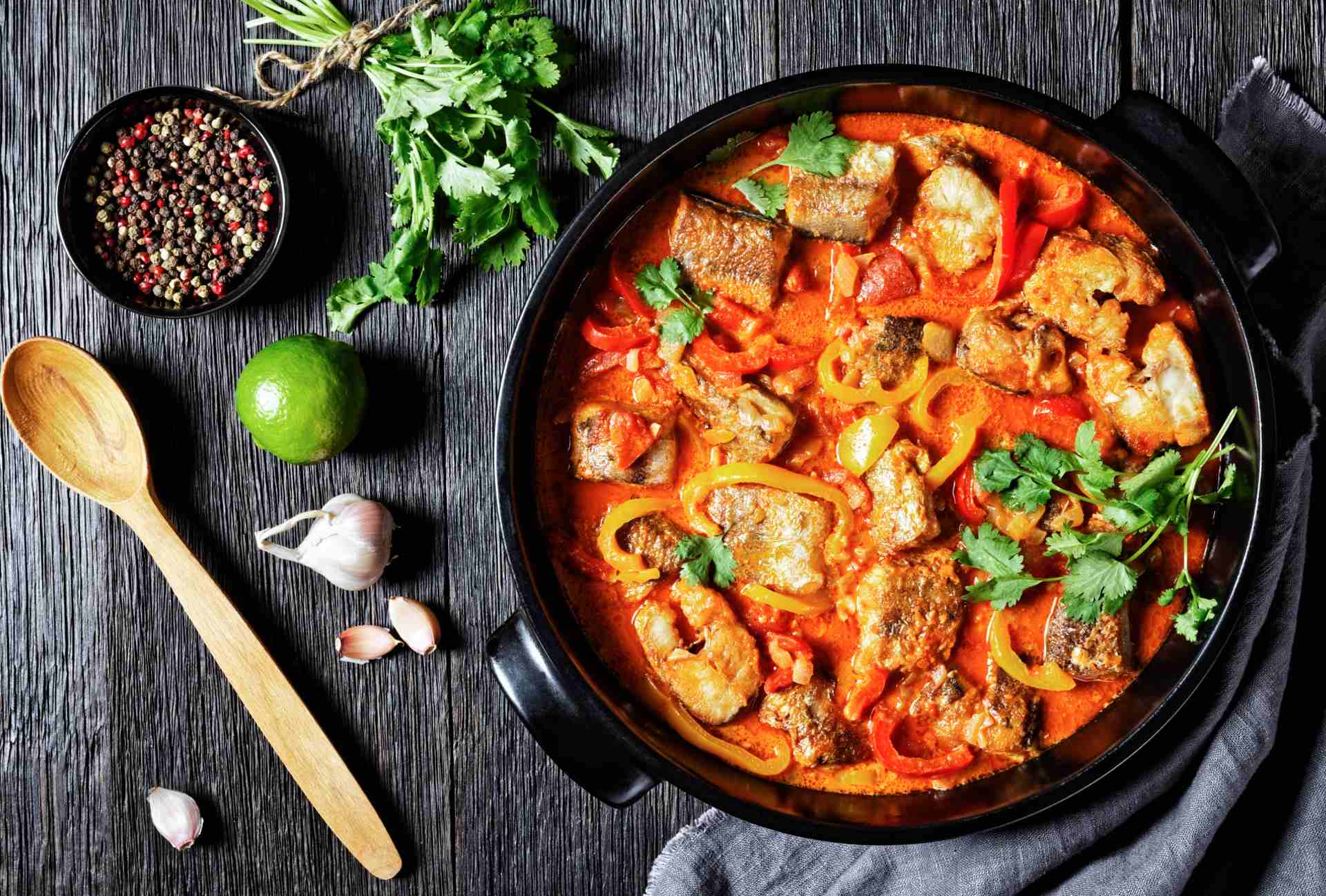
Moqueca is the fish version of this feijoada that varies depending on the region you are in. The base of the dish consists of fish, tomatoes, onions and coriander. In some regions it is also served with coconut milk for a creamier version.
Another extremely popular dish is de pão de queijo, a cheese bread that came from the region of Minas Gerais. Pão de queijo is eaten either at breakfast or as a snack during the day. Though this treat is referred to as a bread it is actually made from cassava root that is soaked and then formed into balls and stuffed with cheese. It is very easy to find this snack throughout Brazil with street vendors offering them at all times of day.
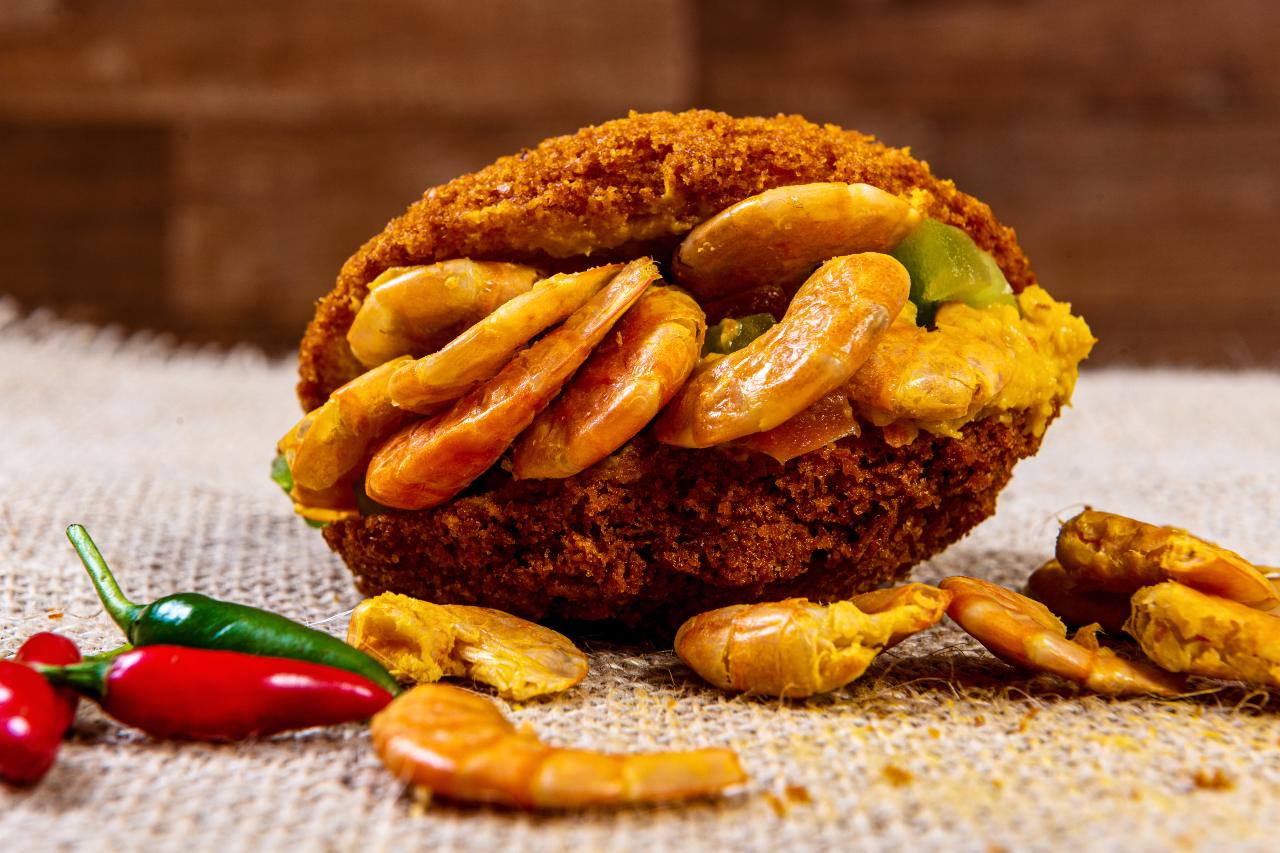
Acarajé is a dish typical of the region of Bahia and is often offered as a ritual food during Candomblé services. A type of fritter made from black-eyed peas mashed with onions and then deep fried. Once cooked you can eat it as such or cut it in half and stuff it with vatapá or caruru which are spicy pastes made from shrimps and ground cashews.
Finally Farofa is a unique dish made from toasted cassava flour that is mixed with a variety of different meats such as bacon or sausages. If made at home other additions can be made such as eggs or even substitute the cassava flour for manner flour. Due to the different meats added to the flour, it is quite a salty dish and is best served with a rich stew to soak up all the delicious juices and liquids. It is a must-try when visiting Brazil!
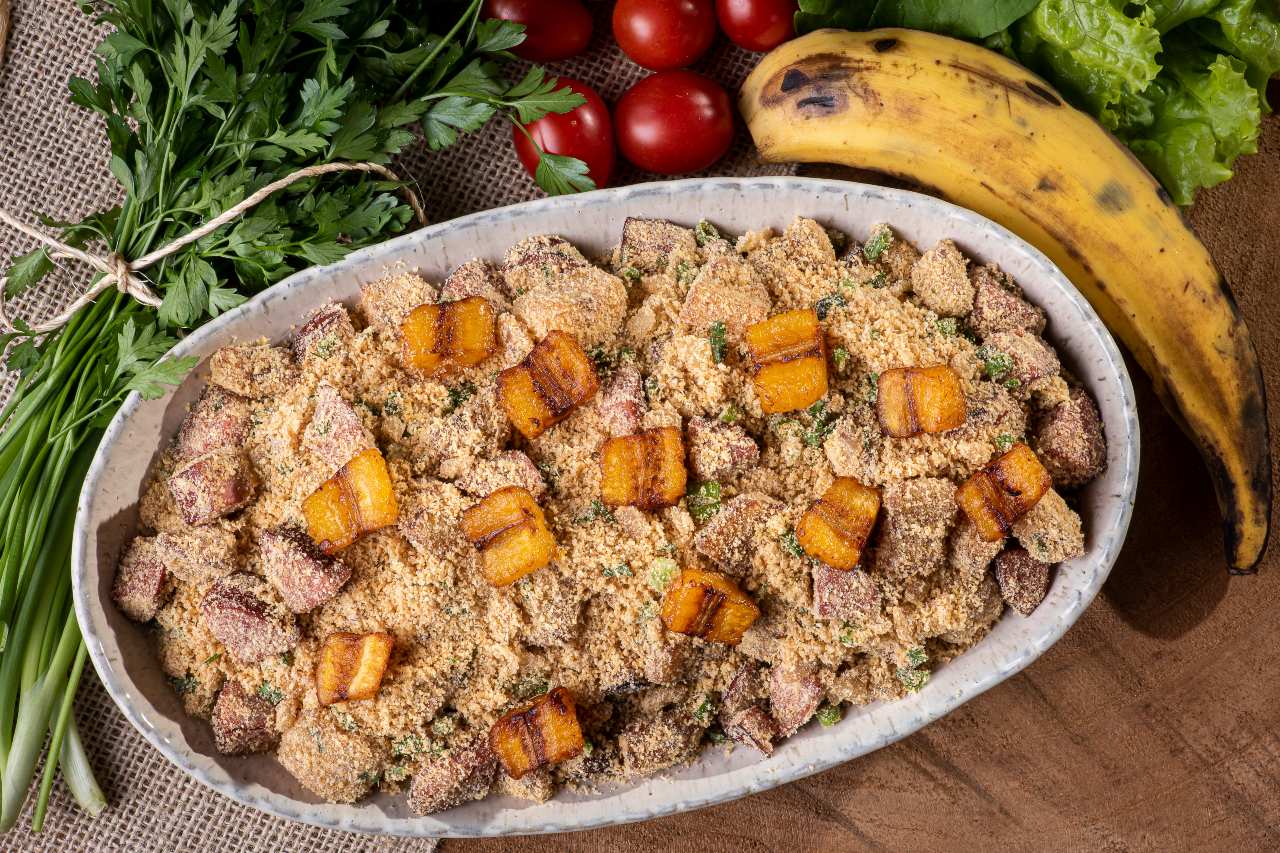
The Brazilian culture of churrasco
Brazil is the second biggest producer of beef in the world as well as the sixth highest consumer of red meat. The word churrasco which means barbecue originated in southern Brazil from the indigenous community who used to cook their meat over fires. In the pampas region of Brazil, a grill is created from the spits and skewers which are called churrasqueiras.
Churrascaria restaurants are very popular throughout the country where you can enjoy grilled beef, sausages and chicken. The churrasco is served simply with either thick salt or a chimichurri sauce that is made of parsley, garlic, vinegar and olive oil. A visit to a churrascaria will involve the tasting of a variety of different meet such as Alcatra and Fraldinha to the coveted Picanha. Not only will you have the opportunity to try some delicious food you will also come out of it with a newfound knowledge of the different types of beef available and what makes them so special. The food is also served with a variety of different side dishes such as polenta, beans, rice and cheese bread.
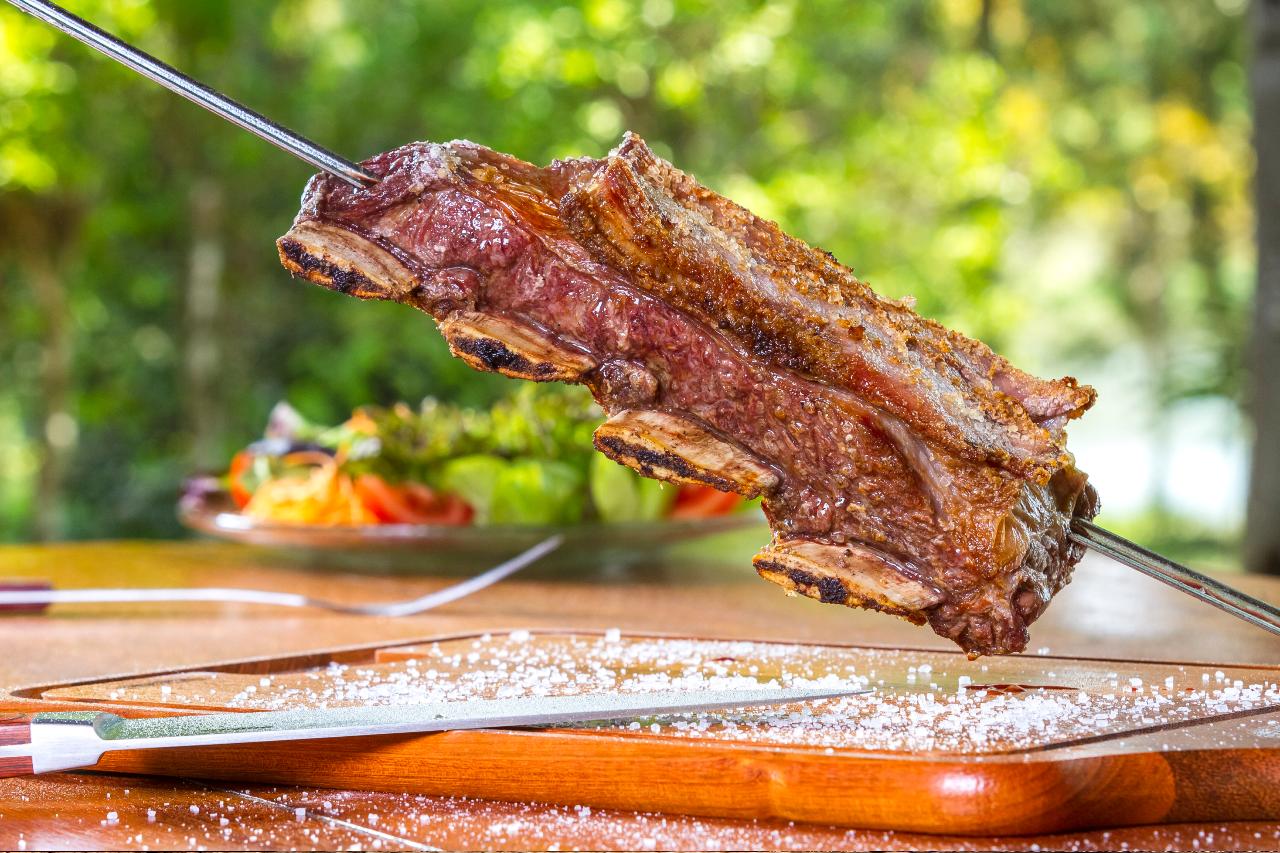
Sweet Treats
When it comes to desserts, Brazilians have a very sweet tooth. Many of their desserts are made using condensed milk, dulce de leche or meringues. Desserts vary from fruity mousses to cakes and biscuits.
The most popular dessert in Brazil is the brigadeiro. Made out of condensed milk and cocoa powder, this chocolate fudge treat can be found as either small truffle shaped balls or as a cake. The brigadeiro is often made to celebrate birthdays or other big celebrations such as anniversaries, graduations or holidays. For those who don’t like chocolate there is also a coconut version called beijinhos. Fun fact, it is a tradition in Brazil that the first slice of a person’s birthday cake be given to the person they love/care for the most.
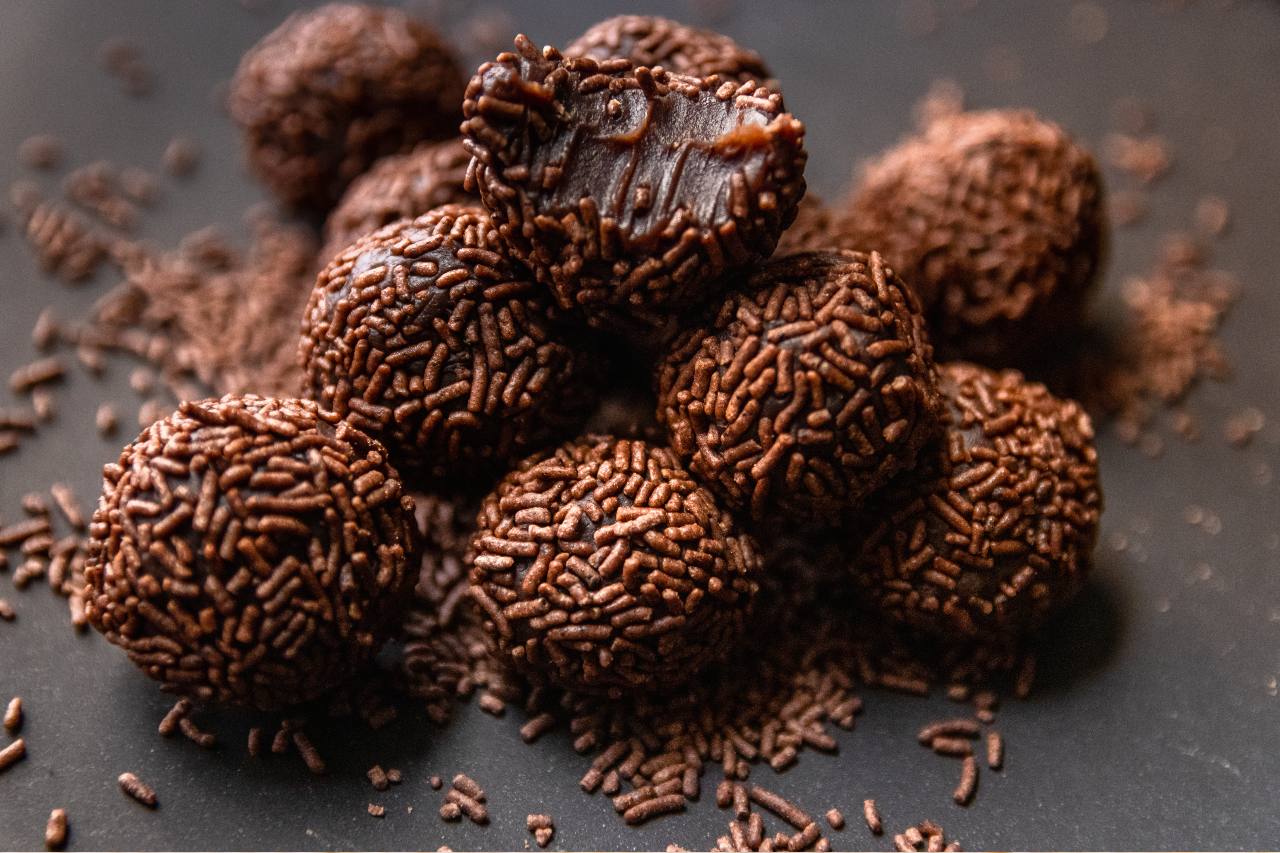
Romeu e Julieta is an popular sweet treat that combines one of Brazil’s most popular fruit, the guava with fresh cheese. The guava is taken and made into a paste and then paired with a soft cheese called queijo minas. The pairing of sweet and salty is popular in Brazilian cuisine and can be often found in other dishes such as empanadas and flan.
Quindim is the most traditional Brazilian cuisine and is often found in bakeries around town, its bright yellow colour standing out amongst all the other desserts. It’s origins are very contested with some people saying it originated in the 17th century with the slaves and others pointing to the excessive usage of eggs in the dish that points to Portuguese cuisine.
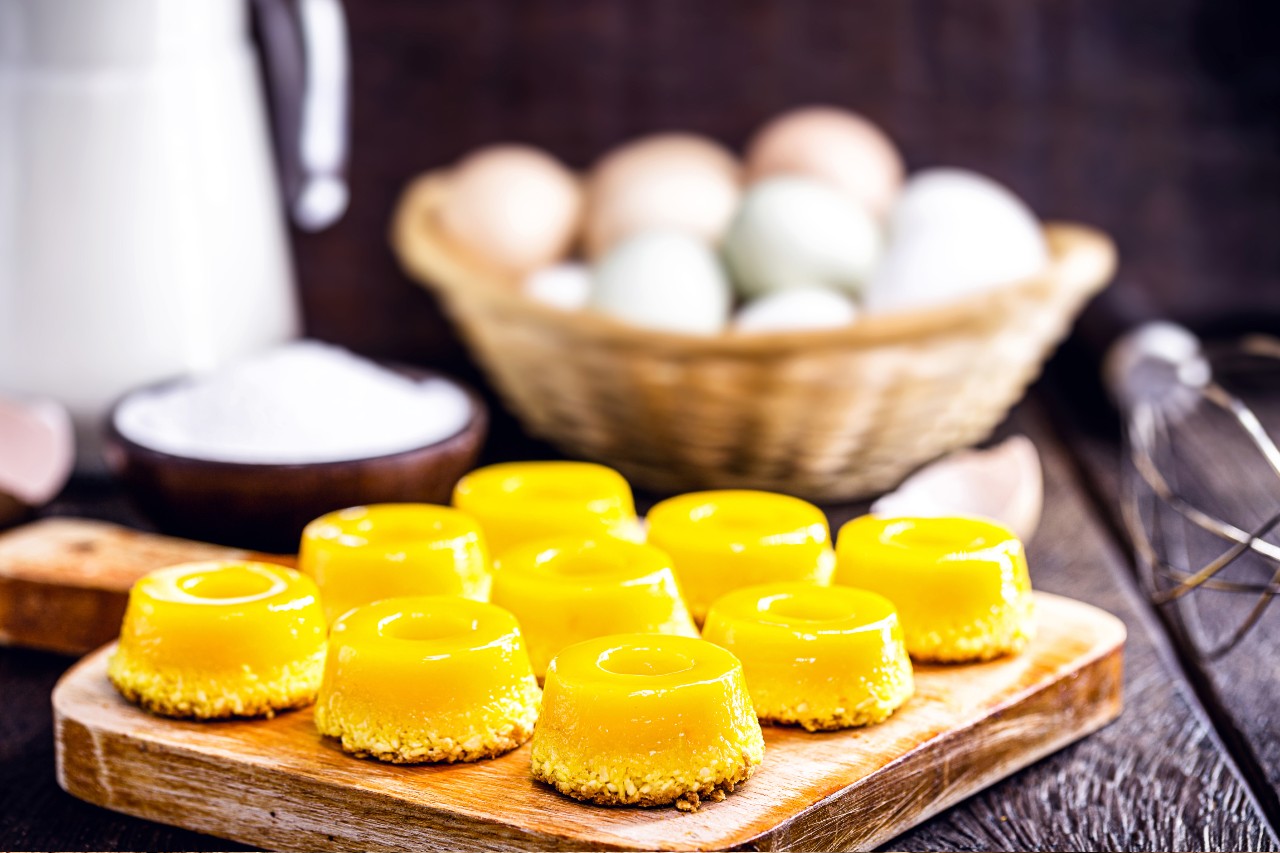
Finally, Pé-de-moleque is another traditional Brazilian delicacy made from peanuts and unrefined cane sugar. Peanuts are taken and roughly chopped before being poured in a mixture of melted sugar. Once cooled, the candies are broken into small pieces to be enjoyed while out on the go.
With such a rich variety of different flavours and texture, Brazil’s gastronomy will be sure to please every type of visitor. The rich history of the country is uniquely translated in its food and it is just as good a way to learn about the culture of a country then visiting a museum. Many traditions and customs can be discovered through food and breaking bread with locals. Both your stomach and your mind will be greatly satisfied from a holiday to Brazil.
For more information and to organise a food tour of Brazil please ofget in touch with us.
